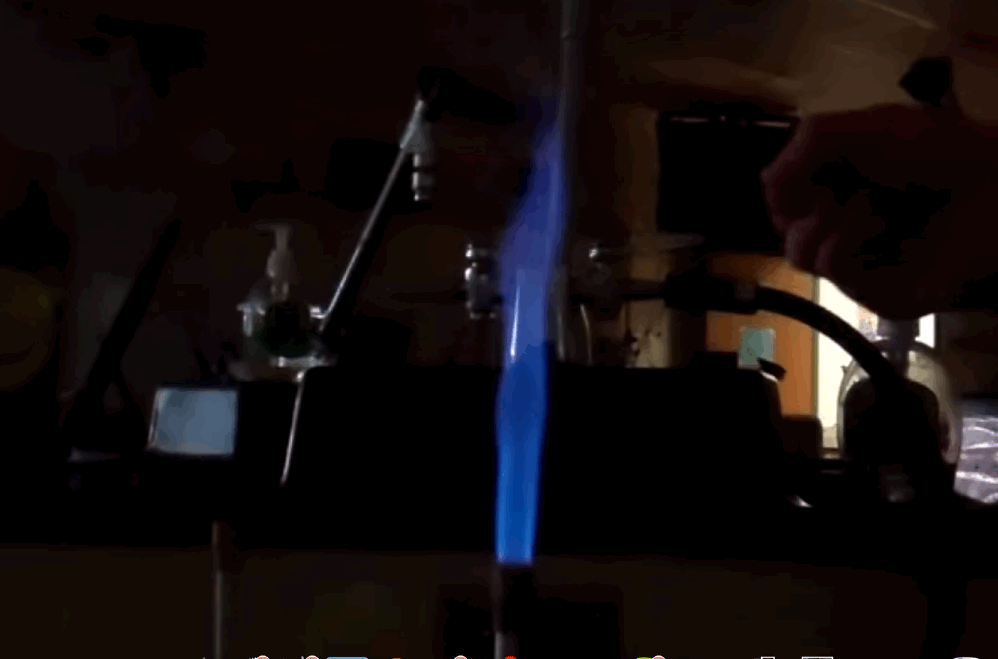 This post is part of the "Innovation Explained" series, which explores the inner workings of groundbreaking inventions. "Innovation Explained" is sponsored by HP. Read more »
This post is part of the "Innovation Explained" series, which explores the inner workings of groundbreaking inventions. "Innovation Explained" is sponsored by HP. Read more »
Shutterstock
We're here to tell you!

Mike Nudelman / Business Insider
The ignition of the explosive by a bursting charge in the center of the firework creates the explosion. The ignited explosive creates a high-pressure gas blowing the colorful stars outward.
The heat, height, and size of the explosion of the firework depends on the very specific chemistry of the explosives in the firework itself, but the colors are determined by chemistry.
"Everything you see at a fireworks display is chemistry in action," John Conkling told ACS Reactions. "The colors are all produced by very specific chemical mixtures."
Each star contains an oxidizing agent and fuel which create the intense heat and gas of the explosion, according to the American Chemical Society. The balls also contain a chemical that colors them, usually based on metals.
These metals create colorful lights in two ways. Some heat up and cycle through red, orange, yellow, and white colors depending how hot the explosion is, like how a traditional lightbulb heats up a wire until it glows.
The heat makes the atoms inside the wire move faster and faster and bump into each other more. These bumps give off light. The color of the glow can be controlled by how hot the firework is when it explodes.
Other fireworks create light by letting off specific colors. The metal atoms in the stars absorb heat energy from the explosive blast and release it as light, but the light released is specific to the atom in the mixture, because electrons that create the lights can only move between certain energy levels, giving off light with very specific colors.
This is how we get purple, blue, and green fireworks and is also how fluorescent lightbulbs work.
And how the stars are laid out within the cylinder or spherical firework itself determines what shape they make.
The stars are typically laid out in a particular shape - say, a smiley face - on a cardboard cylinder, which is then wrapped around the inside of the firework. Those stars will explode outward in the pattern they are placed in. Usually multiple shells are fired off at one time, because they can't control what angle at which the firework spews.
A spherical shell will expand outward equally in all directions. Different-colored stars can be studded in a specific pattern to make pretty presentations in the sky.
Not only does the firework look beautiful - it makes an amazing sound. That's a sonic boom created by the gasses inside the firework expanding greater than the speed of sound.
That firework is loaded into a second canister, called the mortar, that shoots it into the sky. That canister is usually powered by explosive as well, which is ignited under the firework, creating a lot of heat and pressure and shooting it high into the air. Some more modern displays use compressed-air mortars to fire the firework. This is more environmentally friendly and less dangerous.
All these explosives and awesome chemistry together and you get this:


